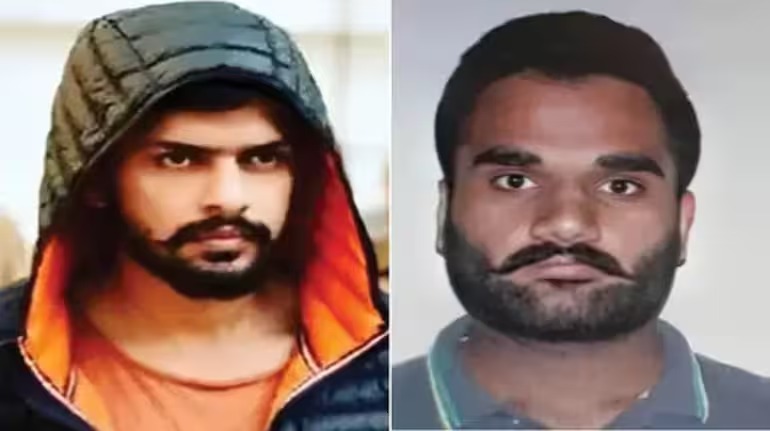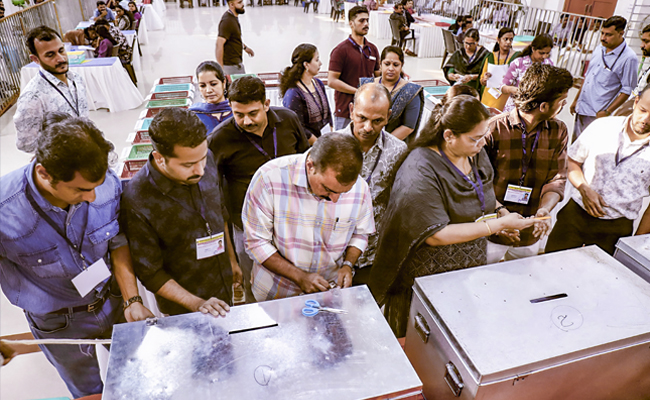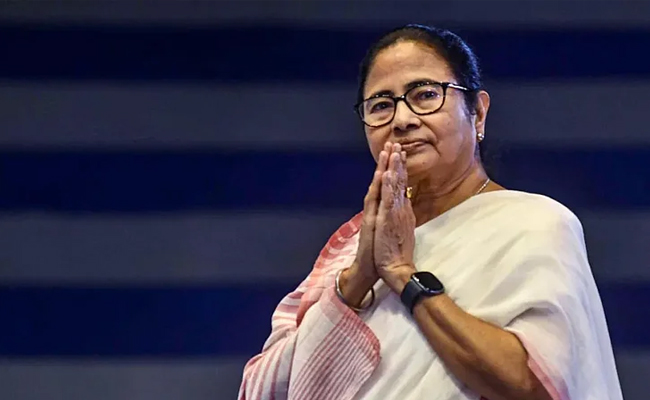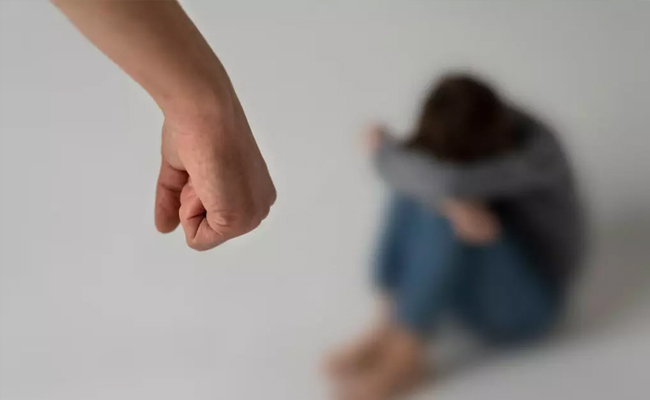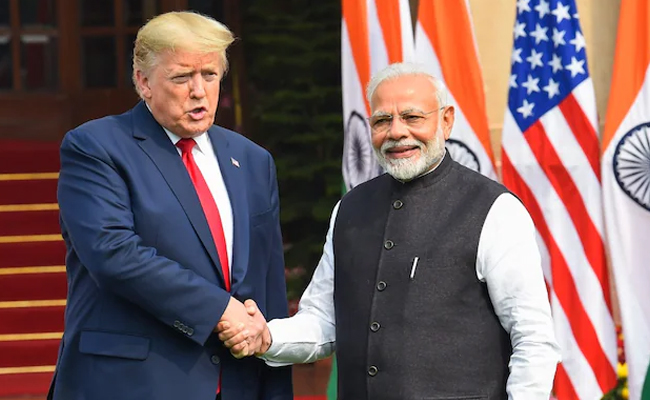New Delhi: A major split has reportedly occurred between notorious gangsters Lawrence Bishnoi and Goldy Brar, raising fresh concerns for central intelligence and state police forces monitoring their criminal networks.
Lawrence Bishnoi, currently lodged in Gujarat’s Sabarmati jail, and Goldy Brar, believed to be operating from the United States, are no longer working together, The Indian Express reported, citing sources.
Citing unnamed sources, the report stated that Brar has allied with Azerbaijan-based gangster Rohit Godara, while Bishnoi is said to be working with Canada-based Noni Rana. “Both the gangsters have decided to stop working together. This feud and their new syndicates are now a source of increasing tension for state police forces,” an intelligence official said.
The fallout reportedly stemmed from Bishnoi's anger over the handling of his brother Anmol's legal troubles in the United States. Brar and Godara allegedly failed to assist Anmol in securing a bail bond after his arrest by U.S. immigration authorities in November 2024 for allegedly using fake travel documents. Anmol was later released but with an ankle bracelet tracker.
Anmol Bishnoi (25) has been linked to the May 2022 murder of Punjabi singer Sidhu Moosewala and is also named as the “mastermind” behind the killing of NCP leader and former Maharashtra minister Baba Siddique last year.
Sources further pointed out that gangsters these days do not make extortion calls directly from the U.S. but use VPN services linked to other countries. Investigations over the past few months have revealed that Noni Rana (Surya Pratap), younger brother of Haryana’s Yamunanagar-based gangster Kala Rana (Virender Pratap), has been operating from the U.S., making calls and collecting money on behalf of Lawrence Bishnoi, the report added, citing sources.
Further signs of the gang rift emerged last month when Brar and Godara reportedly claimed responsibility, via a social media post, for the killing of businessman Harjit Singh in Mississauga, Canada. Notably, they omitted any mention of Bishnoi or his associates, breaking from their usual pattern of naming co-conspirators.
Sources cited in the report said that during his early days in crime, Lawrence Bishnoi had formed a team with Goldy Brar, Kala Rana, and others. They added that Bishnoi later made a ‘business model’ involving alliances with gangsters from UP (Dhanajay Singh), Punjab (Jaggu Bhagwanpuria), Haryana (Kala Jatheri), Rajasthan (Rohit Godara) and Delhi (Rohit Moi and Hashim Baba).
Tensions within the Bishnoi-Brar gang alliance reportedly began to surface due to ego clashes, financial disputes, and overlapping extortion operations. “Things were working smoothly between them, but then it all started changing. First, there were ego clashes with Bhagwanpuria, who was supplying weapons to them and asking for more money. After some time, Kala Jatheri also separated after he found that Godara and Brar were making extortion calls to several people in Haryana, his stronghold,” TIE quoted its sources as saying.
Let the Truth be known. If you read VB and like VB, please be a VB Supporter and Help us deliver the Truth to one and all.
Thiruvananthapuram (PTI): Buoyed by the strong performance of the Congress-led UDF in the local body polls, KPCC president Sunny Joseph said on Saturday that the front's results indicated the people had rejected the LDF government.
According to early trends, the UDF was leading in more grama panchayats, block panchayats, municipalities and corporations than the LDF.
The local body polls were held in two phases in the state earlier this week.
ALSO READ: Cong candidate who moved Kerala HC for name reinstatement in voter list, wins
Speaking to reporters here, Joseph said the people of Kerala had extended their support to the UDF.
"We could expose the LDF government’s anti-people stance and the people understood it. The LDF’s fake propaganda was rejected by the people. The UDF is moving towards a historic victory," he said.
He said a united effort, proper preparations, good candidate selection and hard work had resulted in the Congress and the UDF’s victory in the elections.
Asked about the prospects in the Thiruvananthapuram Corporation, Joseph said the party was studying the matter and would comment later.
LDF convenor T P Ramakrishnan said the results would be closely examined.
According to him, the government had done everything possible for the people.
"Why such a verdict happened will be examined at the micro level. People’s opinion will be considered and further steps will be taken," he said.
He added that decisions would be taken after analysing the results. "If any corrective measures are required, we will initiate them and move forward," he said.
AICC leader K C Venugopal said the results showed that people had begun ousting those who, he alleged, were responsible for the loss of gold at Lord Ayyappa’s temple.
"This trend will continue in the Assembly elections as well. It is an indication that the people are ready to bring down the LDF government," he said.
Venugopal said the UDF had registered victories even in CPI(M) and LDF strongholds.
"I congratulate all UDF workers for their hard work. Congress workers and leaders worked unitedly," he said.
Referring to remarks made by Chief Minister Pinarayi Vijayan against the Congress on polling day, Venugopal said the voters had responded through the verdict.
"I do not know whether the chief minister understands that the people are against him. Otherwise, he does not know the sentiment of the people. The state government cannot move an inch further," he said.
He said the results indicated a strong comeback for the UDF in Kerala.
Asked whether the Sabarimala gold loss issue had affected the LDF in the local polls, Venugopal said the CM and the CPI(M) state secretary did not take the issue seriously.
"We took a strong stand on the matter. The BJP played a foul game in it," he alleged.
On the BJP's role in the local body elections, Venugopal alleged that the party operated with the CPI(M) 's tacit support.
"The CPI(M) supported the central government on issues such as PM-SHRI, labour codes and corruption in national highway construction. The CPI(M) is facing ideological decline, and the state government’s policies are against the party’s own decisions," he said.
Meanwhile, LDF ally Kerala Congress (M) leader Jose K Mani said the party could not win all the wards it had expected in the elections.
He congratulated winners from all parties and said the party would closely examine the losses and identify shortcomings. "Later, we will take corrective measures," he added.
Senior Congress leader and MP Rajmohan Unnithan said the trends in the local body elections indicated that the UDF would return to power in the 2026 Assembly elections.
"We will win 111 seats as in 1977 and return to power in 2026. The anti-government sentiment of the people is reflected in the elections," he said.
Unnithan said the people were disturbed and unhappy with the present government.
"The trend indicates the end of the LDF government," he added.
CPI(M) MLA M M Mani said the people had shown ingratitude towards the LDF despite benefiting from welfare schemes.
"After receiving all welfare schemes and living comfortably, people voted against us due to some temporary sentiments. Is that not ingratitude," he asked.
Mani said no such welfare initiatives had taken place in Kerala earlier.
"People are receiving pensions and have enough to eat. Even after getting all this, they voted against us. This is what can be called ingratitude," he said.
Muslim League state president Panakkad Sayyid Sadiq Ali Shihab Thangal said the results were beyond expectations.
"The outcome points towards the Secretariat in Thiruvananthapuram, indicating that a change of government is imminent. We are going to win the Assembly election," he said.

